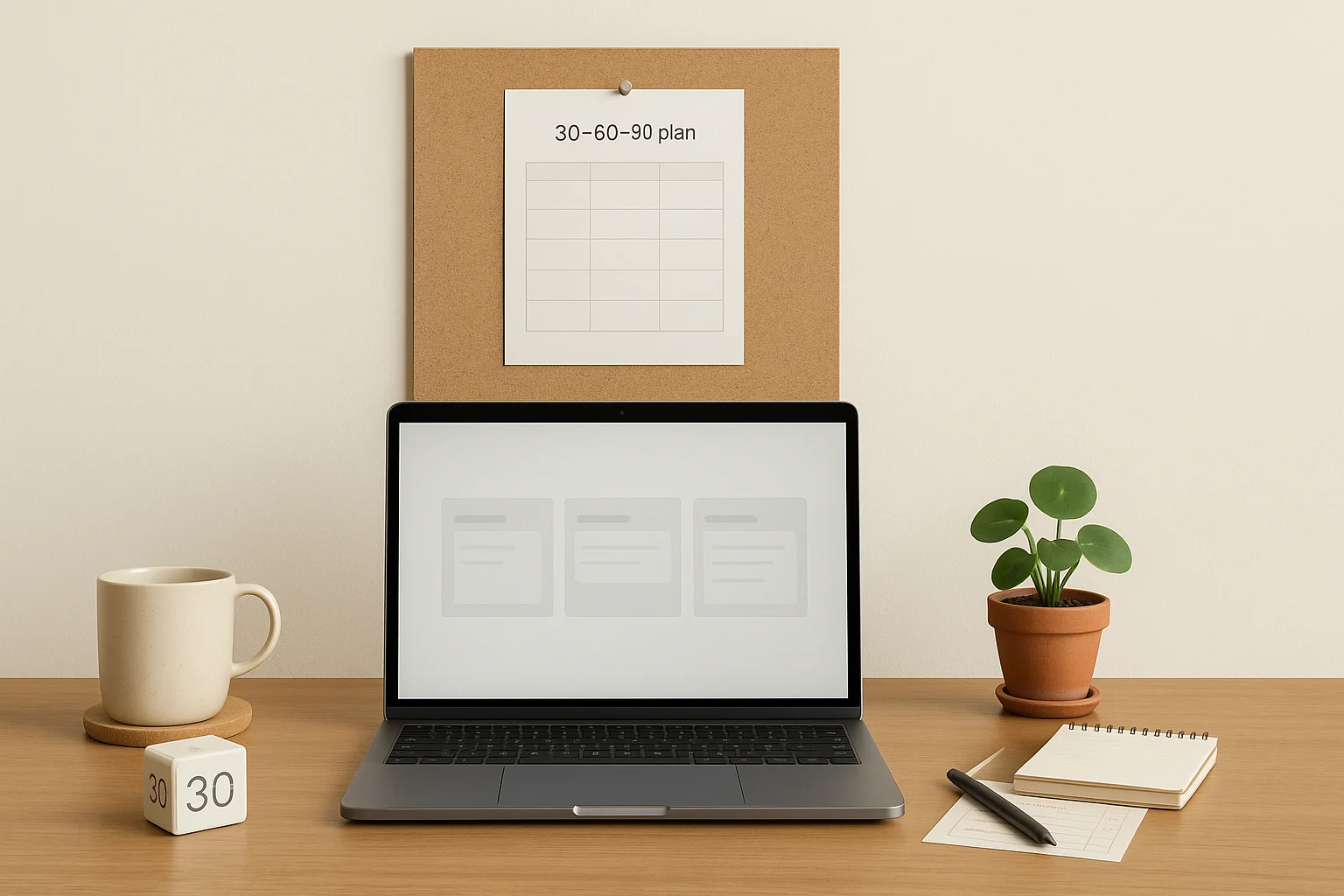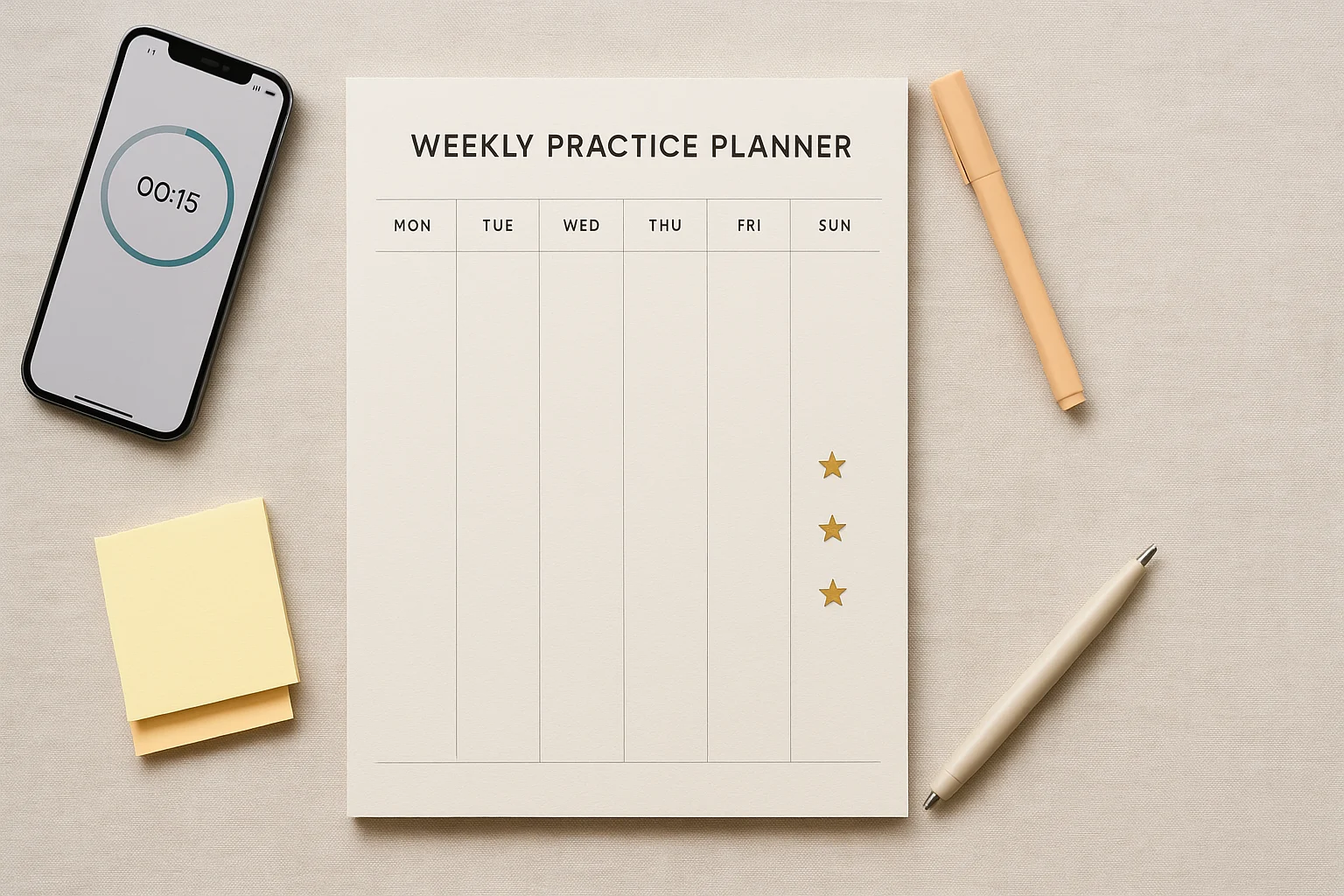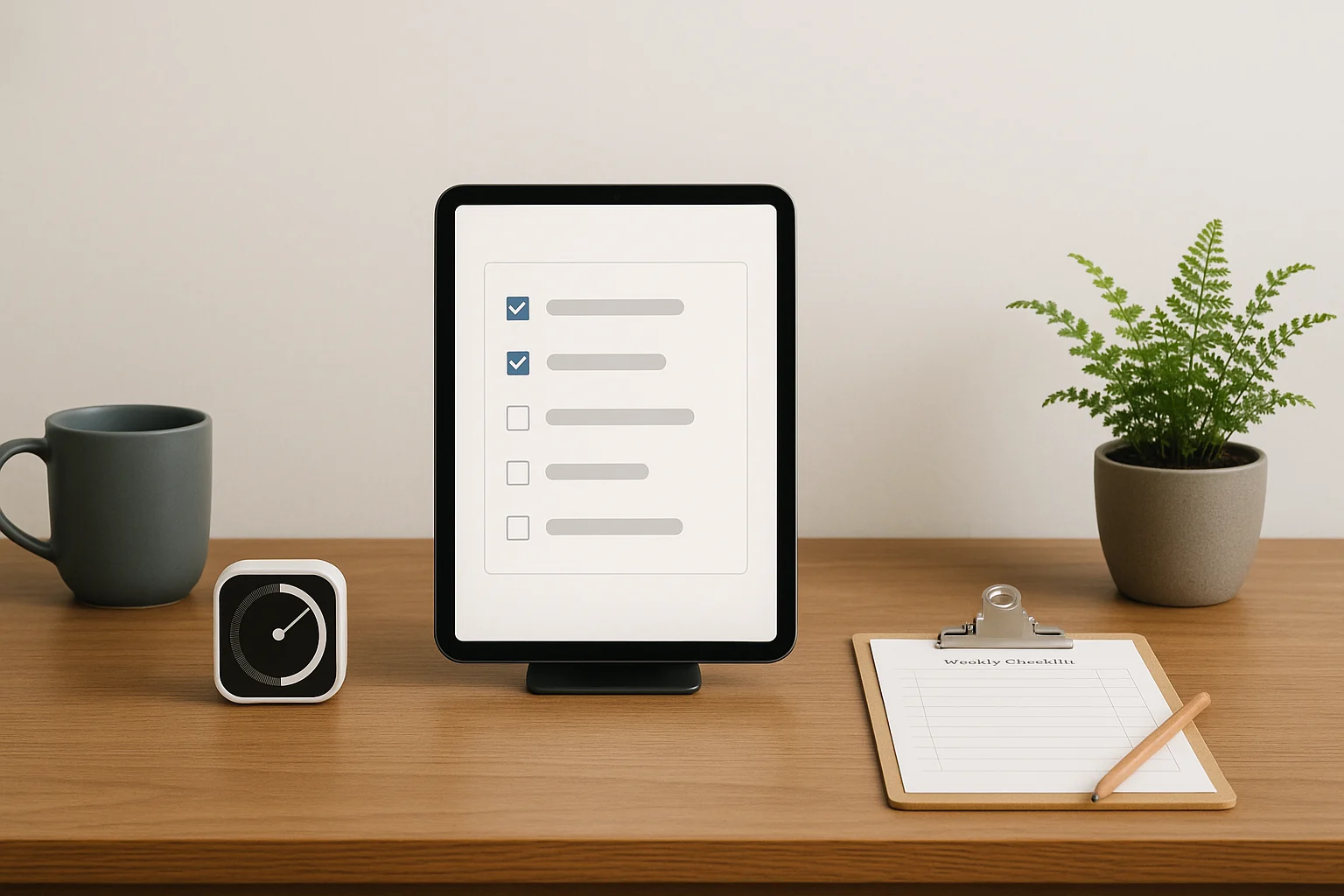
Want a simple way to learn new skills without wasting time or money? This guide shows you how to pick a path, build a 30–60–90 plan, and use mostly free tools to make steady progress. Whether you’re into coding, languages, design, or analytics, you’ll get a clear routine, tactics that stick, and resources that fit a tiny budget. For bigger lifestyle ideas, explore our frugal entertainment guide.
Your Best-Fit Learning Path
Pick what fits you. Results update instantly—no forms.
Time per day
Learning style
Budget
Your tailored next step
Choose options above to see a specific plan you can start today.
💡 Try batching notes with spaced repetition for stickier learning.
Table of Contents
- Your Best-Fit Learning Path
- Why Learning New Skills Pays Off
- Budget-Friendly Toolkit: Free & Low-Cost Resources
- Best Free Platforms: When to Use Which
- Your 30–60–90 Day Plan
- Effective Study Skills Strategies
- 90-Day Case Study: From Zero to First Project
- Build a Portfolio That Gets Hired
- Frequently Asked Questions
- Conclusion
Quick win: start simple—one tiny task per day—and pair practice with coffee, commute, or lunch so it sticks.
Why Learning New Skills Pays Off
Skills compound. You can learn skills that unlock better jobs, side income, richer travel, and sharper thinking—without expensive tuition. The key is choosing a skill that excites you and solves a real problem in your life. For a broader system to cut costs across your week, see the Frugal Living Handbook.

Budget-Friendly Toolkit: Free & Low-Cost Resources
Start simple: audit a free MOOC, borrow LinkedIn Learning through your library card, and lean on freemium tools. Keep the stack light so you actually practice, not collect tabs. When you need no-cost tools or trials, browse our curated best freebies for frugal living list.
Quick-Start Skills You Can Learn at Home ($0–$50): Here are new skills to learn at home on a tiny budget—these are learn new skills examples you can finish fast. Python basics → tiny CLI tool; HTML/CSS → one-page site; Canva → remake three social posts; Figma → redesign a favorite app screen; Spanish 100-phrase set with Anki; Sheets/Excel → budget dashboard; SQL → query a sample dataset; Copywriting → rewrite three product descriptions; Video editing → 30–60 sec montage; Public speaking → record five 2-minute talks.
Best Free Platforms: When to Use Which
Don’t chase the logo—chase the fit. Pick one place, earn a tiny win, then switch only if you’re stuck. Use this quick guide to pick the right place to practice and avoid hopping endlessly between resources.
| Platform | Best for | Time to first win | What to skip |
|---|---|---|---|
| Coursera (audit) | Structured intros, certificates optional | 1–3 days | Paywalls unless required |
| edX (audit) | Academic clarity, theory + practice | 2–4 days | Certificate upsells |
| freeCodeCamp | Project-first coding paths | Same day | Endless tutorial watching |
| Khan Academy | Foundations (math, CS, science) | Same day | Skipping exercises |
| Library + LinkedIn Learning | Pro software (Excel, Adobe, SQL) | 1–2 days | Random course hopping |
| YouTube + blogs | Targeted fixes, quick demos | Same day | Unvetted channels |
Your 30–60–90 Day Plan
Set a small, clear target, then show up. Most days it’s 25–45 minutes; once or twice a week, go deeper for 90. In the first 30 days, build foundations and a small win; next 30, ship mini-projects; final 30, complete a showcase project.

Effective Study Skills Strategies
Stack a new habit on an old one, space your reviews, and quiz yourself. When a video ends, build something tiny before you watch another. For a motivation nudge on tough days, skim our daily habit quotes. For a primer on why spacing beats cramming, see this overview of spaced repetition.
Results vary. Consistent practice, rest, and feedback may support better retention; adjust methods if you hit a plateau.
90-Day Case Study: From Zero to First Project
Goal: publish a one-page portfolio site in 90 days. You’ll follow the 30–60–90 rhythm and keep the scope tiny so you can actually ship. Adapt the topic to your skill—language learners can swap “site” for a short story or recorded dialogue. Looking for budget-friendly ways to relax between sprints? Browse affordable hobbies you can start for under $50.
Days 1–30 (Foundations): 25–30 minutes daily on HTML/CSS basics. Clone a simple hero section. Weekend 60–90 minutes: tidy layout, add alt text and headings, then publish to GitHub Pages. Write 3 bullet notes on what you learned.
Days 31–60 (Build & apply): Add a responsive nav, a contact form, and one tiny JavaScript interaction (e.g., theme toggle). Weekend: write a 150-word case note—problem → approach → result—so you practice explaining your work.
Days 61–90 (Polish & share): Improve accessibility, compress images, and trim CSS. Add a “what I’d improve next” paragraph. Share the link in a friendly community for one piece of actionable feedback. Save screenshots to your portfolio.
Outcome: you’ll finish with a live link, a few screenshots you’re proud of, and a routine you can rinse-and-repeat.
Build a Portfolio That Gets Hired
Portfolios often matter more than certificates. Host code on GitHub, mockups on Behance/Dribbble, writing on a simple blog or PDF. Show your thinking: the problem, what you tried, what worked, and what you’d fix next—honest beats glossy.
Frequently Asked Questions
Conclusion
With a simple plan, daily practice, and small weekly projects, you’ll build momentum fast. Focus on one goal, track wins, and keep your system light—building new skills saves money and opens doors, starting today.
This learn new skills guide is for general education. For persistent issues or safety concerns, consult a professional.